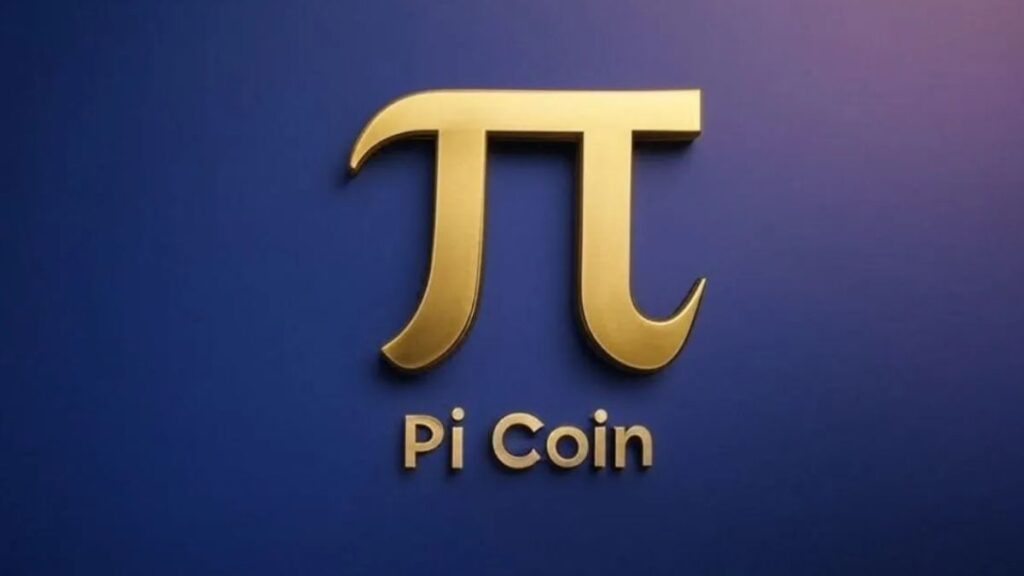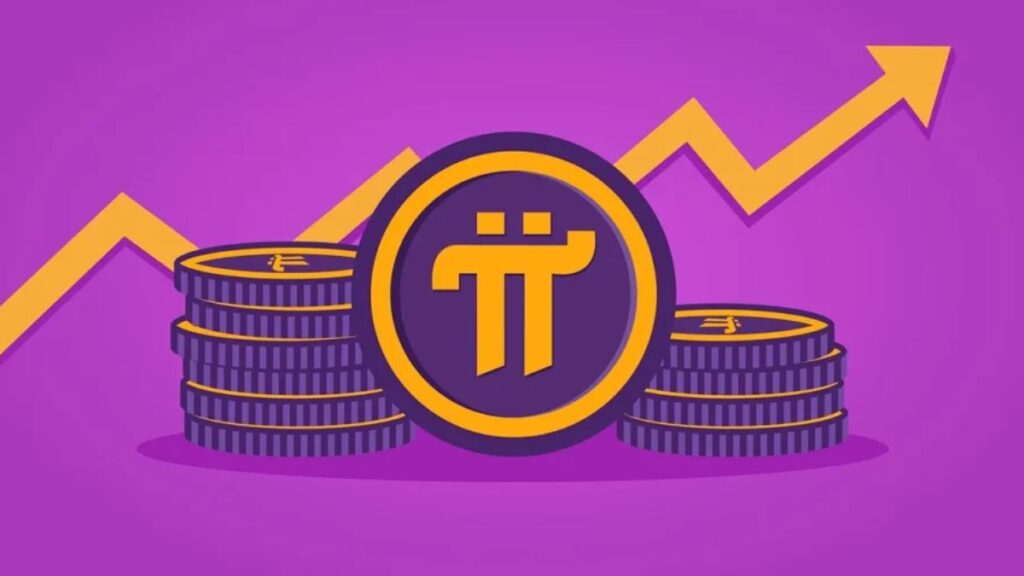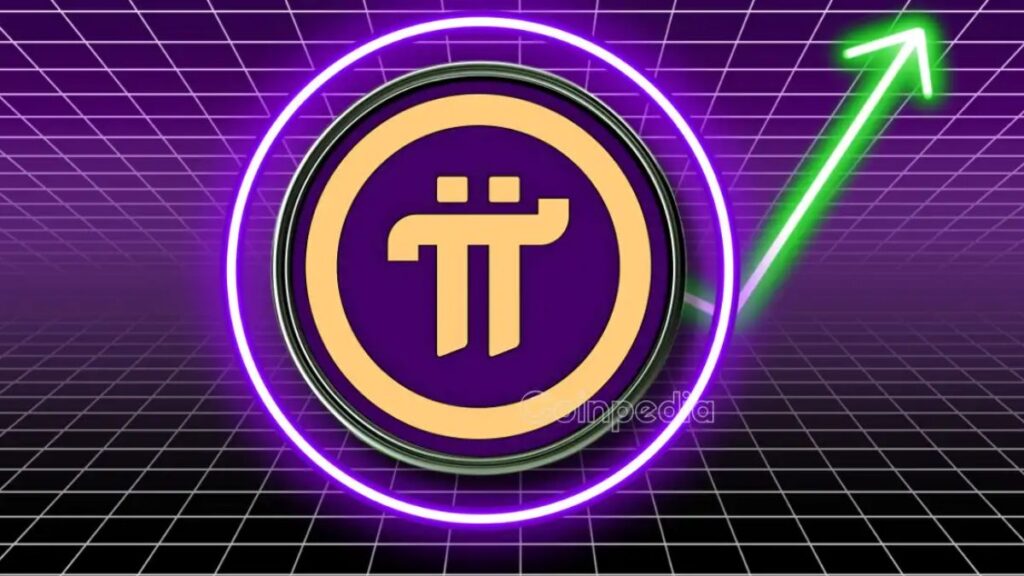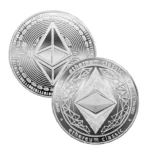1. Introduction: What is Pi Coin?
Pi Coin is a cryptocurrency project developed by a team of Stanford graduates to make crypto mining accessible to everyday users. Unlike Bitcoin, which requires energy-intensive hardware, Pi Coin allows users to mine coins via a mobile app. This unique approach has created a buzz in the crypto community, prompting many to ask: Is Pi Coin the future of digital currency?
Table of Contents

2. The Vision Behind Pi Network
The Pi Network aims to create a more inclusive financial system by removing barriers to crypto participation. With over 35 million users globally (as of early 2025), the network is growing steadily. The developers believe that decentralization should be easy and energy-efficient, which is why they’ve created a mobile-first platform. This approach aligns with growing global trends toward sustainability and mobile access.
Related Read: What is Decentralized Finance (DeFi)? — via Investopedia
3. How Does Pi Mining Work?
Pi mining doesn’t require expensive hardware. Users simply log into the app daily and click a button to mine Pi. The app uses a unique consensus algorithm called Stellar Consensus Protocol (SCP), ensuring security without consuming large amounts of power. While no Pi coins are transferred to external wallets yet, they are stored in the app until mainnet launch.
4. Understanding the Phases of Pi Network
The Pi Network project is structured in three major phases:
- Phase 1: Design & Distribution – Early mining began to build the user base.
- Phase 2: Testnet – Introduced a test version to refine the technical architecture.
- Phase 3: Mainnet – Full decentralization and trading capability.
As of 2025, Pi is still transitioning into mainnet, with selected users testing wallet functionality and some decentralized apps (dApps) running on the platform.

5. Is Pi Coin Tradable Yet?
Currently, Pi Coin is not listed on major exchanges like Binance or Coinbase. Any tokens in users’ wallets are not yet liquid, and attempts to trade them outside the ecosystem are discouraged. However, internal marketplace trials are ongoing within the Pi browser.
Tip: Always verify listings via official Pi Network website or CoinMarketCap.
6. The Hype vs. Reality: Should You Be Skeptical?
Skepticism is healthy in the crypto world. Pi Coin has been labeled a “social experiment” by some critics due to its long launch timeline. The mobile mining model also raises concerns about centralization and actual value. However, the app has not shown signs of fraudulent behavior and has maintained transparency with its community.
Internal Link: Learn more about other emerging cryptos in our Top 10 Altcoins to Watch in 2025.
7. Community and Ecosystem Growth
Pi Network’s real strength lies in its vibrant community. Users are encouraged to invite others to grow their mining rate. This referral model has drawn millions of users but has also sparked debates about it resembling multi-level marketing.
However, Pi’s developers assert that the goal is network security, not profit from referrals. As more dApps launch on the Pi ecosystem, the utility of Pi Coin is expected to increase.
8. Use Cases: What Can You Do With Pi Coin?
Although Pi is not officially tradeable, there are several potential use cases under development:
- Marketplace transactions via the Pi Browser
- Decentralized app integrations
- In-app purchases and gaming
- Smart contract support in the future
Some pilot vendors in Southeast Asia and Africa have even begun accepting Pi Coin for goods and services, albeit unofficially.
Case Study: Check out how local businesses are experimenting with crypto in Africa’s Growing Crypto Scene.

9. Security and Privacy Considerations
Pi Coin uses phone number and Facebook verification for user accounts, which raises concerns for privacy-focused individuals. While the app does not mine your data, some argue that more robust privacy policies and decentralized ID mechanisms would strengthen user trust.
Security Tip: Always use two-factor authentication (2FA) when using any crypto-related application.
10. Pi Coin vs. Other Cryptocurrencies
Here’s how Pi stacks up against others:
| Feature | Pi Coin | Bitcoin | Ethereum |
|---|---|---|---|
| Mining Method | Mobile App | ASIC Hardware | GPU/ASIC |
| Launch Status | Pre-Mainnet | Fully Launched | Fully Launched |
| Smart Contracts | Planned | No | Yes |
| Market Presence | Internal Only | Global | Global |
Pi is in its infancy compared to giants like Bitcoin and Ethereum, but its unique accessibility sets it apart.
11. Predictions for 2025 and Beyond
The success of Pi Coin largely depends on:
- Mainnet activation
- Exchange listings
- Utility through dApps
- Developer support and transparency
If these are executed well, Pi could become a widely used digital currency, especially in developing regions where mobile usage is high, and financial inclusion is low.
Industry Insight: Why 2025 is a Pivotal Year for Crypto Adoption.
12. Should You Invest Time in Pi?
Pi Coin does not cost anything but time and attention. For casual users, it could be a risk-free way to dip their toes into crypto. However, if you’re looking for immediate profits or fast ROI, Pi may not be your best bet—yet.
As always, do your own research (DYOR) before committing to any digital asset.
Conclusion: Is Pi Coin the Future?
The Pi Coin enigma lies in its simplicity and scale. It’s mobile, accessible, and energy-efficient—traits that align well with the evolving needs of digital finance. While it’s not yet fully tradable or proven, the foundation is strong. With continued development, user engagement, and successful mainnet rollout, Pi Coin could potentially reshape how we think about cryptocurrency adoption.
But until the big questions around regulation, market value, and utility are answered, Pi remains a fascinating experiment—and perhaps, a glimpse into crypto’s more democratic future.

FAQs
Q1: Is Pi Coin legit or a scam?
A: Pi Coin is a legitimate project developed by Stanford graduates. However, it is still in development, and no monetary value is guaranteed yet.
Q2: Can I sell my Pi Coins now?
A: As of now, Pi Coins are not officially listed on any major exchange. Trading Pi outside the network violates terms of service.
Q3: How can I increase my mining rate?
A: You can increase your mining rate by inviting trusted friends and maintaining daily mining sessions.
Q4: Is the Pi app safe to use?
A: The app has not been reported to engage in malicious activity. However, always follow general digital security practices.
Q5: When will Pi be listed on exchanges?
A: The exact date is unknown. Mainnet launch and KYC verification progress will likely influence the listing timeline.










